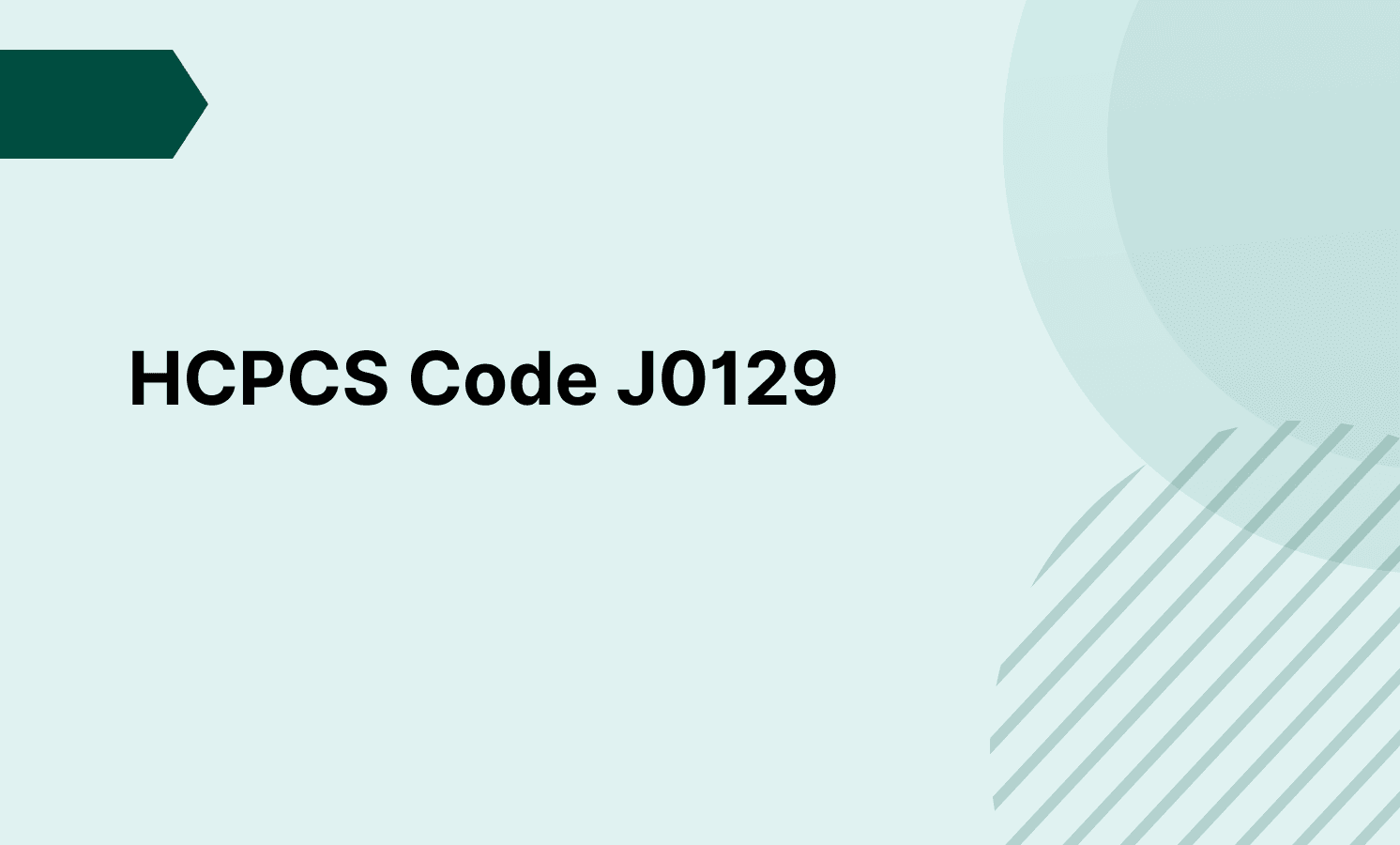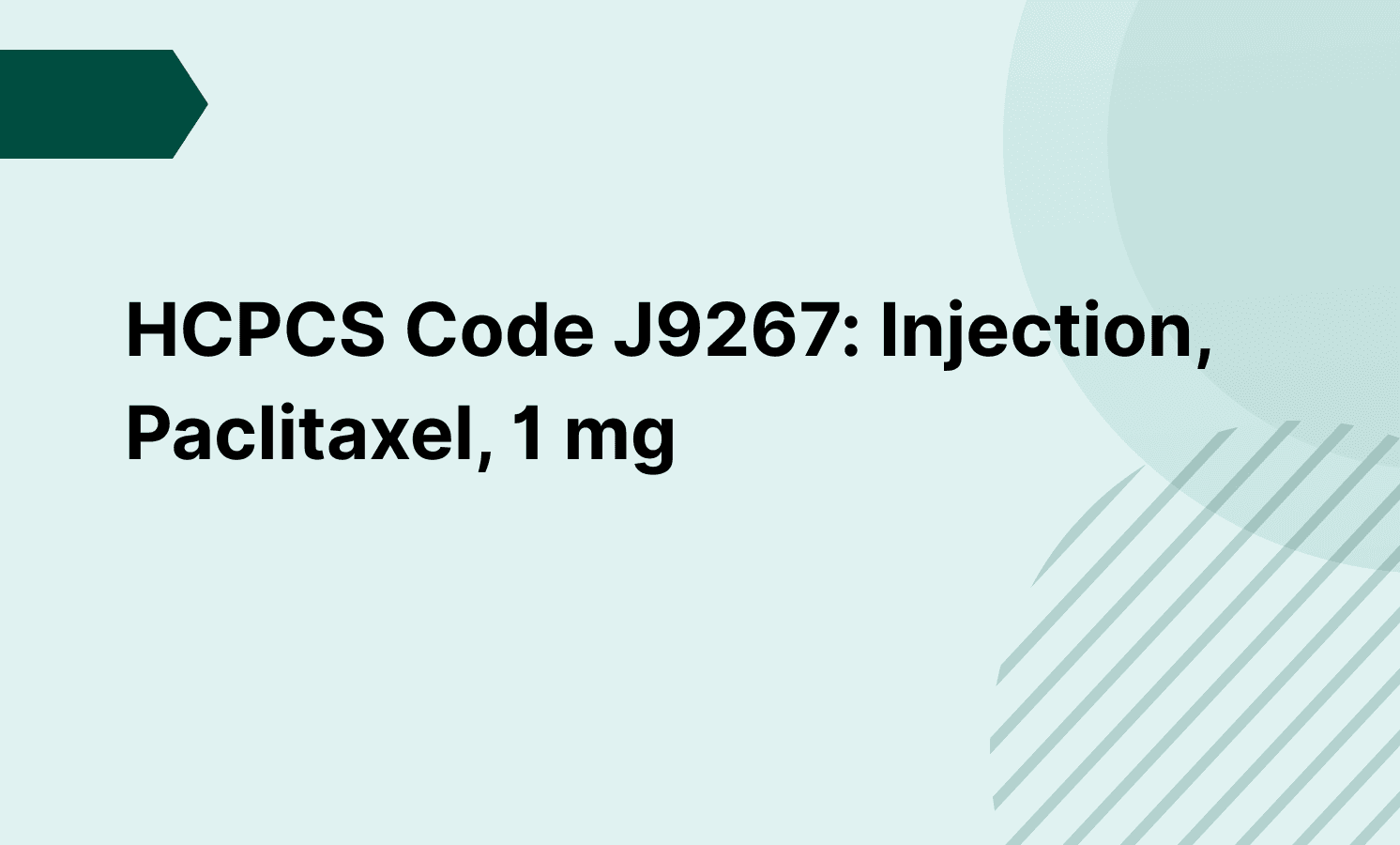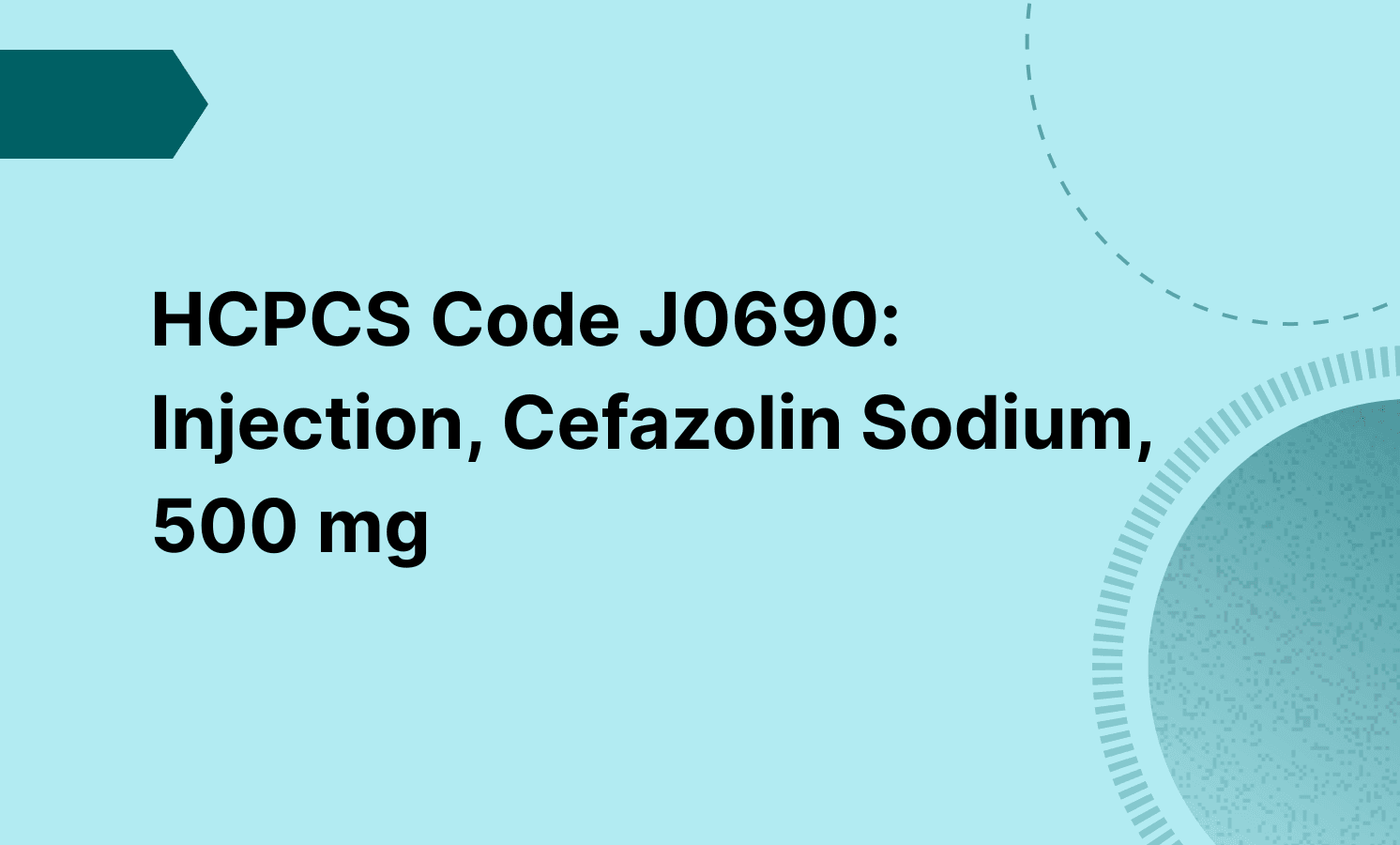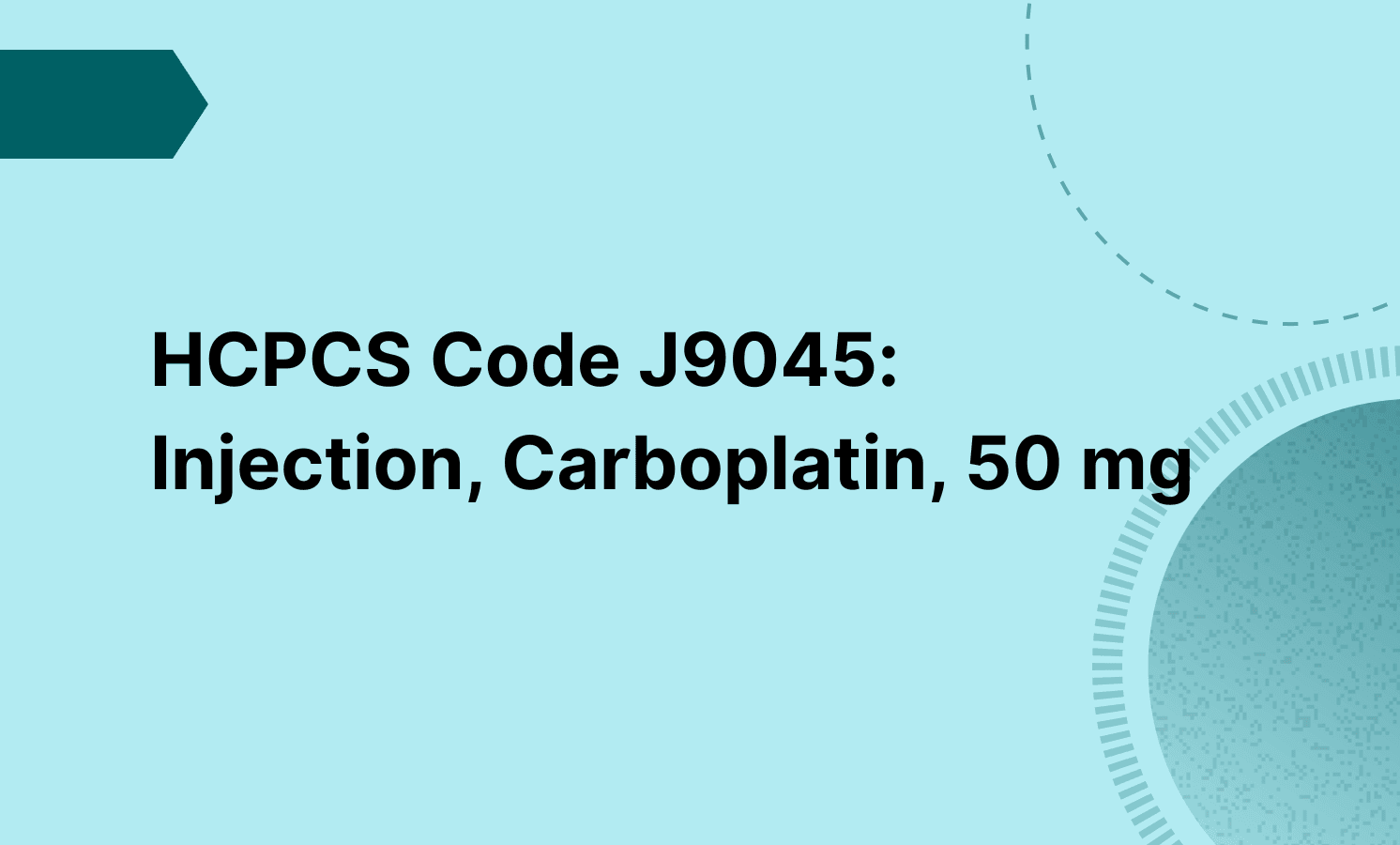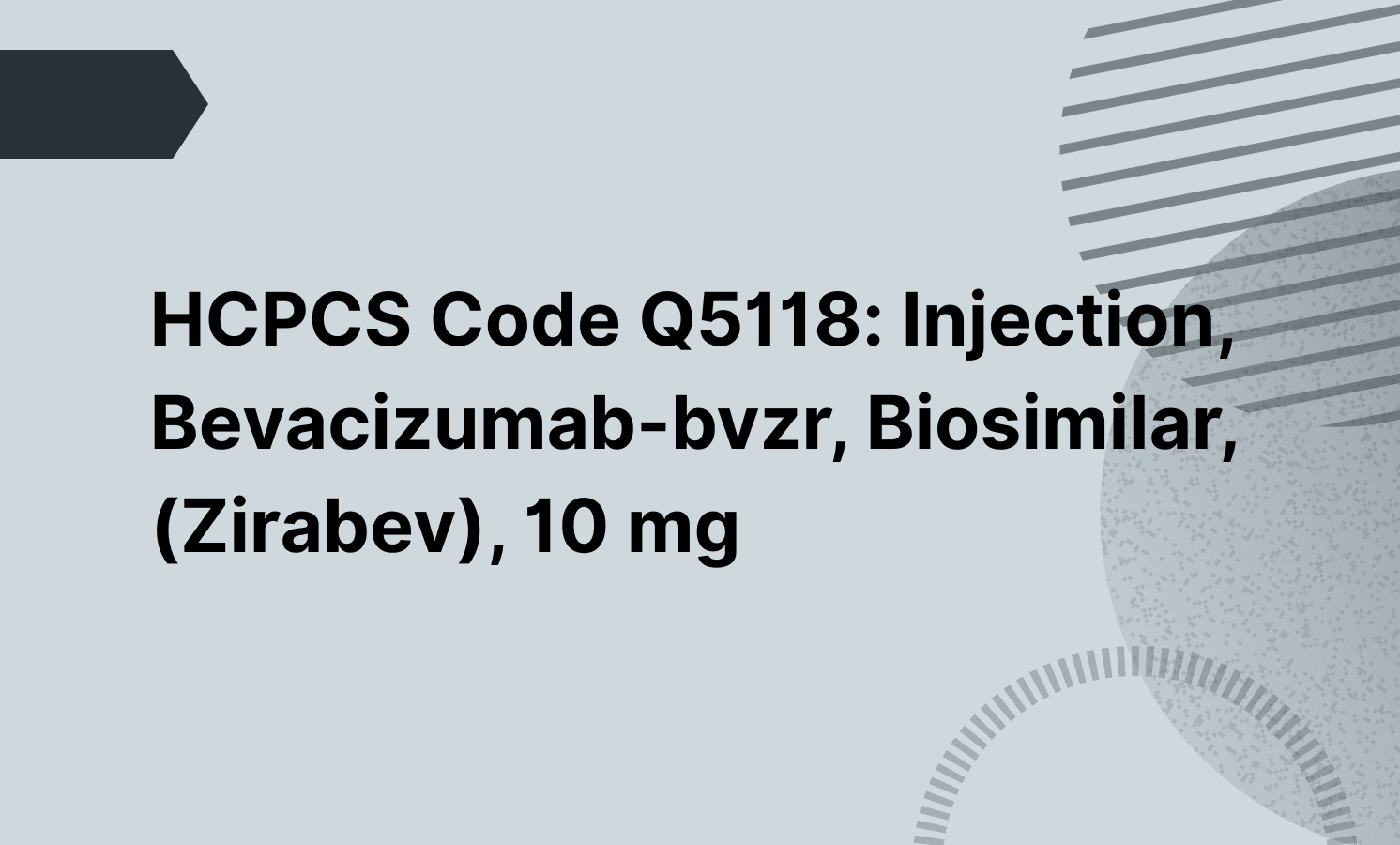This code typically applies to the removal of internal fixation devices like plates, screws, rods, or nails that are embedded deep within the body.
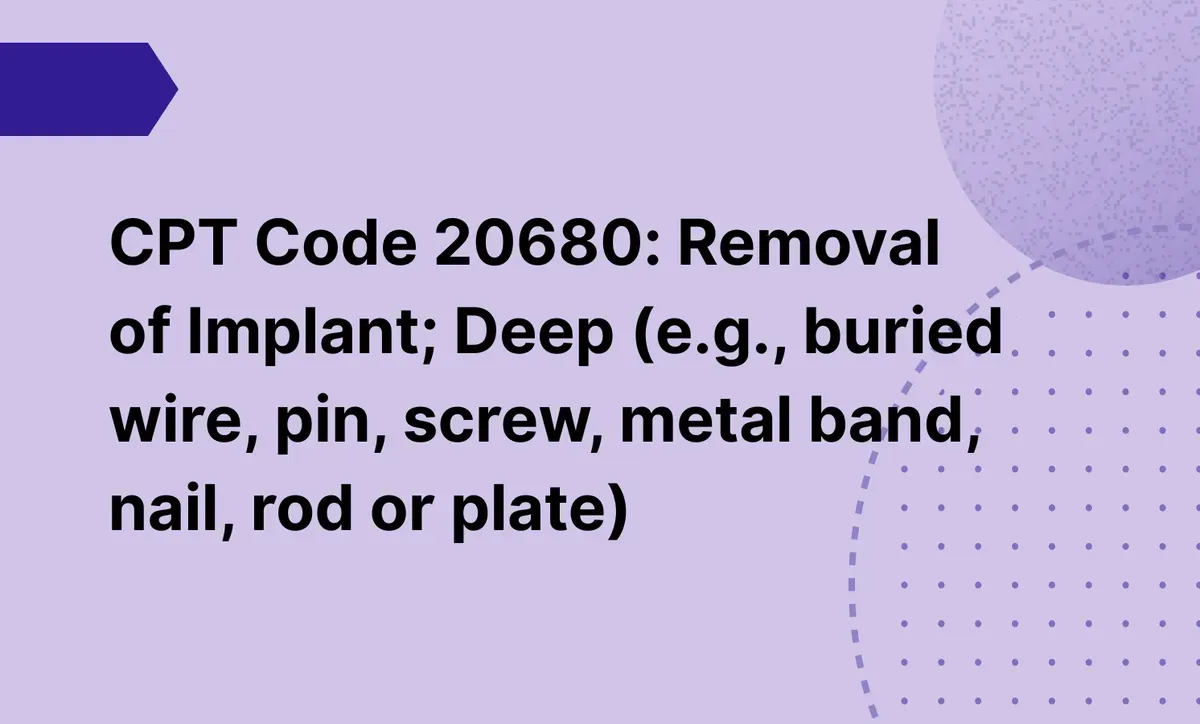
CPT Code 20680: Removal of Implant; Deep (e.g., buried wire, pin, screw, metal band, nail, rod or plate)
Understand CPT Code 20680 for deep implant removal, including billing rules, documentation tips, and modifier use.
Frequently asked questions
No. Imaging guidance, such as fluoroscopy or ultrasound, is not included in CPT code 20680. If imaging is used to assist in the removal of a support, it must be billed separately using the appropriate imaging CPT code, assuming proper documentation supports its use.
CPT code 20670 refers to the removal of a superficial implant, such as a pin or rod, typically done in an office with a minor incision. In contrast, CPT code 20680 involves the removal of a deeper implant, like a plate, screw, or nail, and usually requires a more complex procedure performed in a surgical setting.
EHR and practice management software
Get started for free
*No credit card required
Free
$0/usd
Unlimited clients
Telehealth
1GB of storage
Client portal text
Automated billing and online payments


